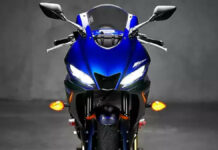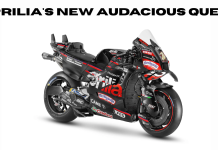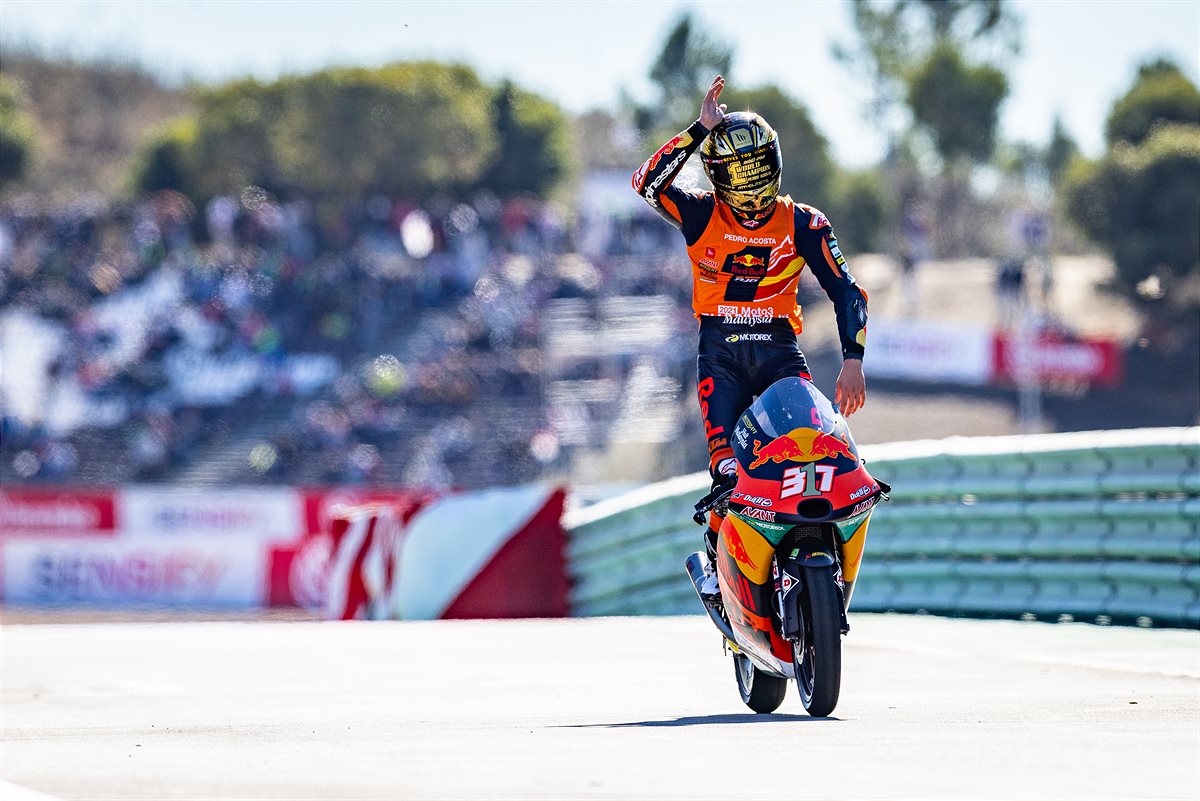Honda’s New Electric Motorcycle
Honda’s electric mobility strategy showcases a commitment to sustainability and innovation. With plans to introduce 30 electric two-wheelers by 2030 and sell four million units globally, Honda aims to be a major player in the growing electric vehicle market. Leveraging nostalgia by combining historic model names with modern electric technology adds a unique appeal to their offerings.
However, they face competition in a crowded market, and the transition to electric comes with significant investment costs and range-related challenges. Honda’s journey into electric mobility signifies a bold step toward a cleaner future while navigating the complexities of an evolving industry.

Sustainable Mobility
Honda’s recent announcements regarding their electric two-wheelers indicate a strong commitment to the electric mobility sector. As of my last knowledge update in January 2022, Honda had already made significant progress in the electric vehicle market, and these recent developments further emphasize their intentions.
Zero Emissions Riding
Key Points
- Honda has an ambitious plan to release 30 electric two-wheelers by 2030 and sell 4 million globally by 2030.
- They filed a trademark for “CUV e:”, hinting at a new electric vehicle.
- Honda’s first electric motorbike was the CUV-ES in 1994, and they might be resurrecting the name for a new model.
- Honda uses the “e:” designation for many of its current electric vehicles.
- They’ve resurrected historic names like Hawk 11, CB750 Hornet, and XL750 Transalp for new models.
- The path of the CUV e: is unclear, but based on Honda’s recent history, it’s likely to be an electric scooter or motorcycle with ties to the original CUV-ES.
- Expansion of Electric Portfolio: Originally, Honda planned to introduce 10 electric two-wheelers by 2025. However, they have now set even more ambitious goals, aiming to manufacture 30 electric two-wheelers by 2030. This demonstrates Honda’s determination to adapt to the growing demand for electric vehicles and their commitment to a sustainable future.
- Global Electric Motorcycle Sales: Honda’s target to sell four million electric motorbikes worldwide by 2030 is a bold statement of intent. Achieving this goal would require significant investments in research, development, and production capacity for electric vehicles.
- CUV e: Trademark Application: The mention of the CUV e: trademark application is intriguing, suggesting that Honda may be planning to introduce a new electric vehicle under this name. Trademark filings often precede product launches, although there is no official information available yet.
- Historic Model Names and the e: Designation: Honda’s strategy of combining historic model names with the e: designation on their electric vehicles aligns with the broader industry trend of using nostalgia to generate interest in new electric offerings. This approach helps bridge the gap between legacy customers and the electric future.
- Resemblance to CUV-ES: While official details about the CUV e: are unavailable, it’s reasonable to assume that Honda may draw inspiration from the CUV-ES, its first-ever electric motorbike. However, advancements in battery technology and electric drivetrains will likely result in a significantly improved product compared to the original CUV-ES from 1994.
Honda Electric Motorcycle Models
Key Analysis
- Honda’s Ambitious Goals: Honda’s decision to increase its electric two-wheeler production targets from 10 by 2025 to 30 by 2030 is a noteworthy strategic move. This demonstrates their recognition of the growing demand for electric vehicles and their commitment to being a significant player in this evolving market.
- Global Expansion: The goal of selling four million electric motorbikes worldwide by 2030 highlights Honda’s intent to not only participate in the electric mobility sector but also to establish a global presence. Achieving this goal would require substantial investments in manufacturing, distribution, and infrastructure.
- CUV e: Trademark: The mention of the CUV e: trademark application suggests that Honda is actively working on expanding its electric vehicle lineup. Trademarks are often filed in advance of product launches, indicating that Honda may have plans for a new electric vehicle under this name.
- Nostalgia and Branding: Honda’s strategy of combining historic model names with the e: designation reflects a common trend in the automotive industry. Leveraging nostalgia can help create interest and appeal among consumers, particularly those familiar with Honda’s legacy models.
- Technological Advancements: While drawing inspiration from the original CUV-ES, it’s crucial to acknowledge the significant technological advancements in electric vehicle technology since 1994. This implies that the CUV e: is likely to offer improved performance, range, and charging capabilities compared to its predecessor.
- Honda’s Commitment to Electric Mobility: Overall, Honda’s willingness to embrace electric technology and invest in its electric vehicle lineup is indicative of their confidence in the future of electric mobility. These strategic decisions position Honda as a key player in the transition to sustainable transportation.
Electric Motorcycle Market
Honda’s shift toward electric motorcycles and their ambitious goals in the electric mobility sector will have a significant impact on motorcycle enthusiasts:
Positive Impact:
- Innovation and Excitement: Enthusiasts can expect cutting-edge electric motorcycle models that offer advanced performance and features. Electric technology brings exciting possibilities, such as instant torque and quiet, emissions-free riding.
- Environmental Awareness: Honda’s commitment to sustainability aligns with the values of many motorcycle enthusiasts who are increasingly conscious of environmental issues. Electric motorcycles produce no emissions and contribute to cleaner air and reduced noise pollution.
- Increased Choice: Honda’s plans to introduce a variety of electric models will provide enthusiasts with a broader range of options. This diversity allows riders to choose electric motorcycles that suit their preferences and riding styles.
- Nostalgia and Heritage: Enthusiasts who appreciate Honda’s historic models will find the blend of nostalgia and electric technology intriguing. Honda’s use of historic model names with modern electric drivetrains may appeal to long-time fans.
Challenges:
- Transition Period: Some enthusiasts may be resistant to the shift from traditional gasoline-powered motorcycles to electric models. They might have concerns about range, charging infrastructure, and the overall riding experience.
- Sound and Character: Electric motorcycles have a different sound profile compared to traditional bikes. Enthusiasts who enjoy the unique sound and character of internal combustion engines may need time to adapt to the quieter nature of electric motorcycles.
- Investment: Transitioning to electric motorcycles might require enthusiasts to invest in charging infrastructure at home or adapt to new maintenance and riding habits, which can be an adjustment.
Honda’s electric motorcycle initiatives will offer motorcycle enthusiasts exciting new options with environmental benefits. While some challenges exist, the shift to electric represents an opportunity for enthusiasts to embrace innovation and contribute to a more sustainable future for motorcycling.
Electric Motorcycle Performance
Table summarizing the pros and cons of Honda’s recent developments and strategies in the electric mobility sector:
| Pros | Cons |
|---|---|
| 1. Environmental Sustainability | 1. Market Competition |
| 2. Market Expansion | 2. Investment Costs |
| 3. Innovation | 3. Range Anxiety |
| 4. Nostalgia Marketing | 4. Charging Infrastructure |
| 5. Improved Performance | 5. Transition Challenges |
Conclusion
Honda’s strategic shift towards electric two-wheelers and their ambition to expand their electric portfolio and global market share demonstrate their commitment to sustainable mobility. While details about the CUV e: are yet to be revealed, it’s evident that Honda is leveraging its history while embracing electric technology for the future. These developments reflect a confident approach to evolving in the electric vehicle era.
Explore Honda’s electric future today! Discover our cutting-edge electric two-wheelers, marrying nostalgia with innovation. Join us in the journey towards sustainability and clean mobility. Visit our website to stay updated on our latest electric models, technological advancements, and market expansions. Be part of the electric revolution with Honda – a trusted name in mobility for decades. Embrace the future, explore our electric options, and ride the wave of change with Honda. Your sustainable and thrilling electric adventure starts here. Visit our website now!


































